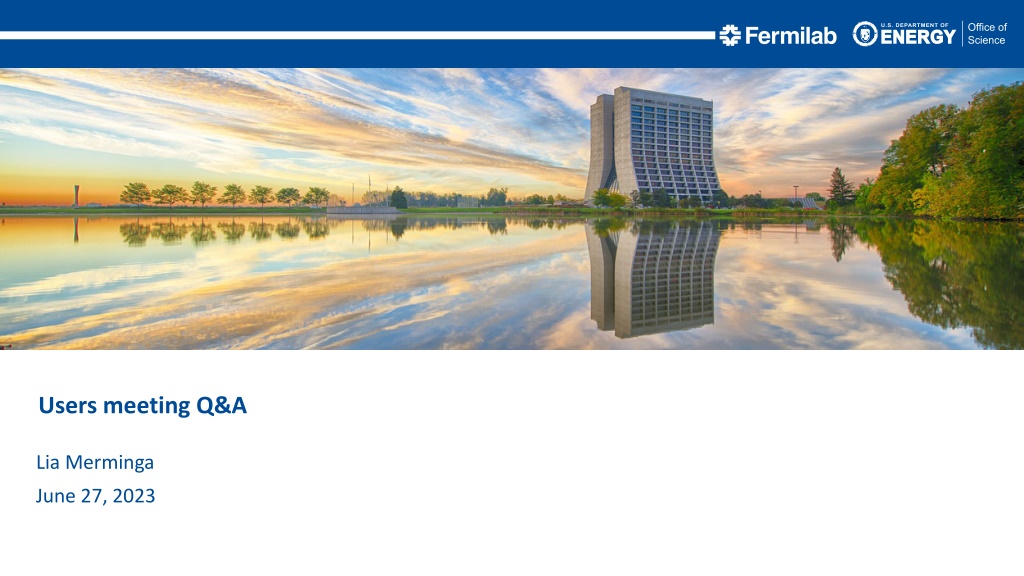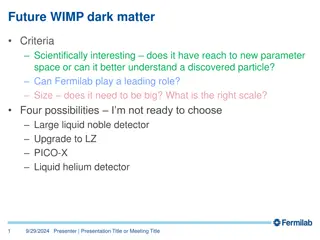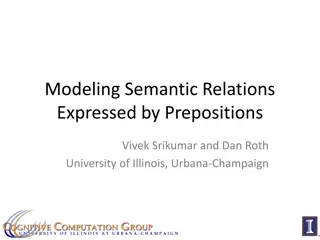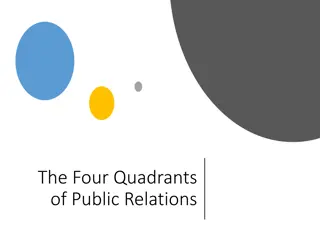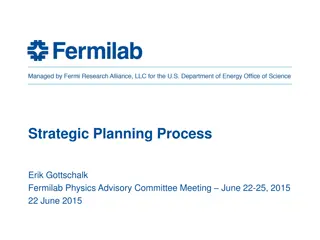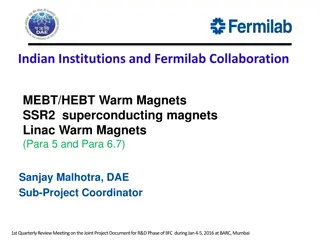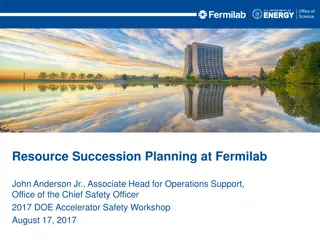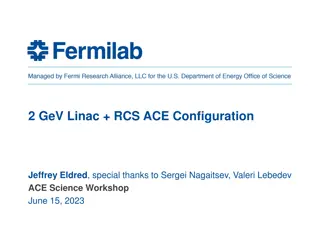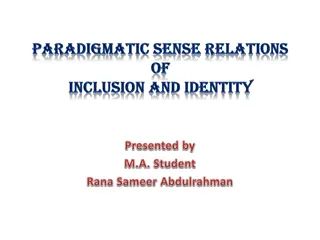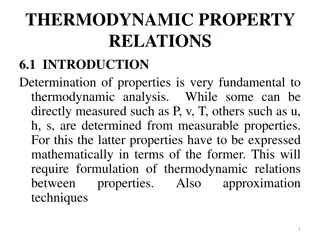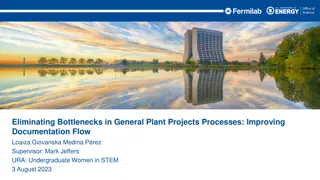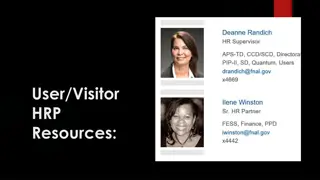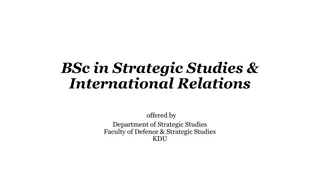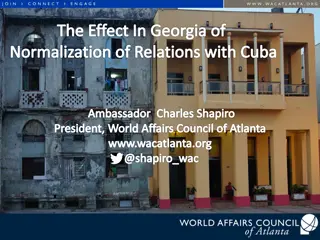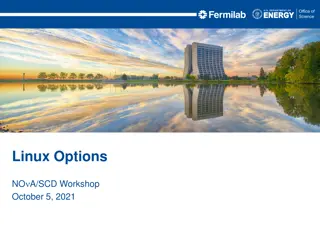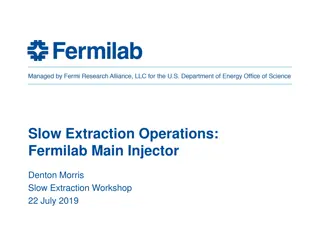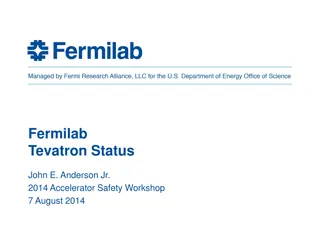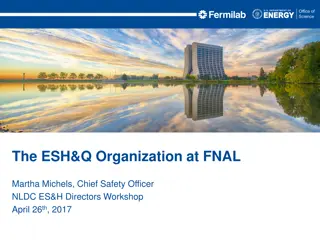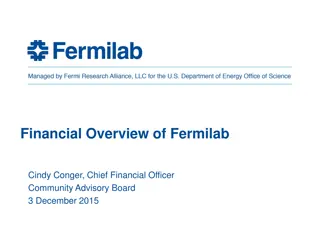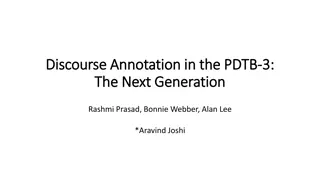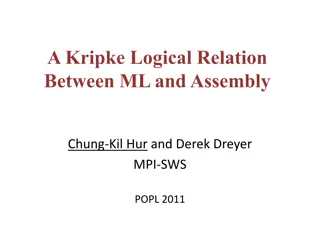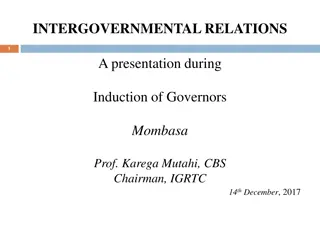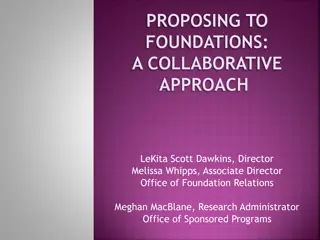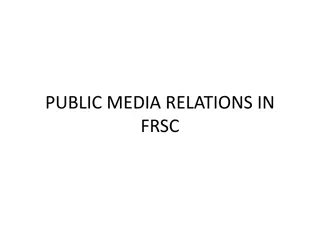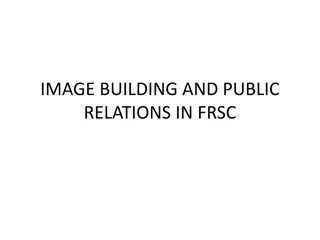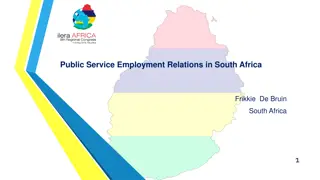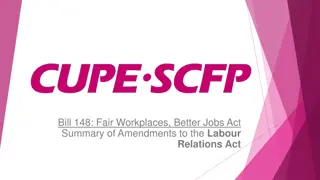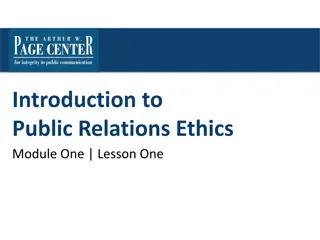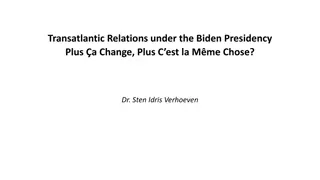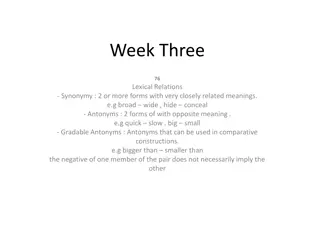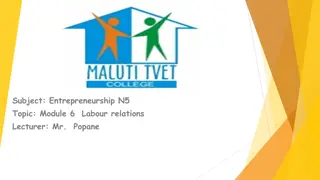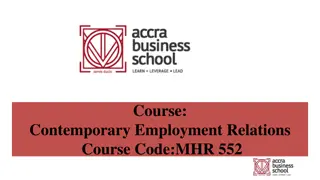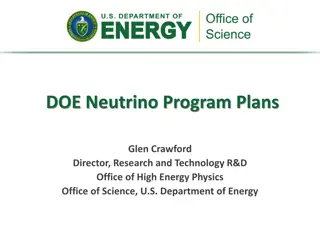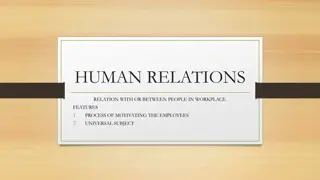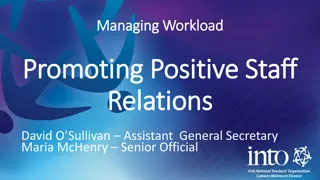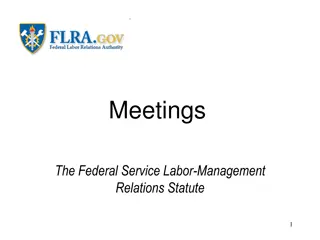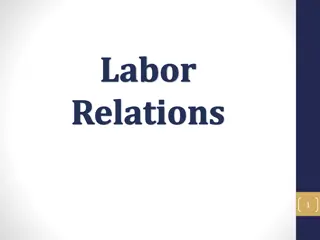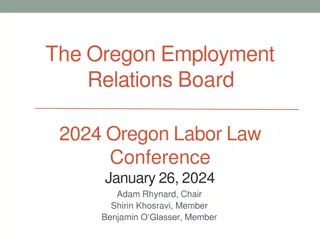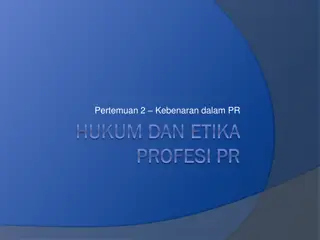Understanding Access Changes and Community Relations at Fermilab
Access to Fermilab has become more complicated due to changing DOE guidance and security posture. Efforts are being made to streamline access while addressing security gaps. Public access to outdoor areas of the Fermilab campus is still encouraged, but communication regarding access changes needs improvement to maintain positive community relations. The lab management is working to balance visitor enjoyment with safety policies. Support for Fermilab's projects like LBNF and DUNE remains strong despite concerns raised in the community.
Uploaded on Oct 02, 2024 | 0 Views
Download Presentation

Please find below an Image/Link to download the presentation.
The content on the website is provided AS IS for your information and personal use only. It may not be sold, licensed, or shared on other websites without obtaining consent from the author. Download presentation by click this link. If you encounter any issues during the download, it is possible that the publisher has removed the file from their server.
E N D
Presentation Transcript
Users meeting Q&A Lia Merminga June 27, 2023
Question: Why has access to Fermilab become so complicated? Is something confidential taking place at Fermilab that the users are unaware of? Answer: DOE guidance and the lab s security posture have been changing over the past few years. Because some of the new policies and procedures were put into place during COVID and many people were not at the lab, we were not able to test and roll out the changes slowly. We are now working through logistical challenges and streamlining access to make it more efficient for all visitors. (See next slide for the site security and access timeline.)
Path to final site security and access Calendar year scale Addressed security gaps and new FN compliance but during a time with few personnel and users on site. Site Security Plan Update July 2023. O142.3B O470.3C DOE HQ Review Unclassified Foreign National Access Program (FNAP) Order revised. ---- Modified processing of Foreign Nationals. Design Basis Threat (DBT) Order Issued. ---- Initiated Design Basis Threat Implementation Plan. FWAC IT Access Enhancements Identified physical security gaps. Fermi Welcome & Access Center to be completed Spring 2025. Improved Access Form September 2023. 2011 2016 2017 2018 2019 2022 2023 2024 2025 2020 2021 2012-2015 IT Enhancements Wilson Hall O471.7 FWAC Site Access and Badging(SAB) enhancements Dec 2024. O473.1A Card Readers Dec 2023. O470.4B Controlled Unclassified Information (CUI) Order issued. ---- New program that provides framework for identifying CUI. Implementation to be completed September 2023 $13M Funding received from DOE Physical Protection Program issued. ---- Defines assets and asserts protection levels. Safeguards & Security Program Order issued. ---- Basis for Safeguards and Security Program. O142.3B Implementation Limited ability to stress test solutions Limited ability to stress test solutions until employees and users return ~2022 until employees and users return ~2022 FNAP Implementation Plan (DOE Approved) to be completed June 2023. Site Access | CAB | 25 May 2023 3
Question: I am a user that lives in one of the lab's neighboring towns. Many of my friends love nature and used to enjoy visiting many of the on-site restored habitats that are now considered off-limit for people that do not have a badge. In a recent city gathering, I was asked if Fermilab could still be trusted. People remembered the outreach Fermilab had done a while back when DUNE was planned and how they had been told that the beam beneath their houses was not dangerous, and that the proof of that statement was that anybody could enter the site and wander freely. Others chimed-in with dismay that they had been happy to support Fermilab with their taxpayers money in the past, but they would not do so going forward because they now felt threatened by whatever we were doing, as it is well known that "the government cannot be trusted". I wonder if the lab is aware of this degrading relation with the surrounding communities and if the lab management is worried about losing their historically strong support for funding. Answer: The public is absolutely welcome to enjoy the outdoors and public areas of the Fermilab campus. These include: the bison-viewing area; restored prairie trails; bicycling & walking trails; on-leash dog walking areas; the Lederman Science Center and Saturday Morning Physics and other STEM activities in the Ramsey Auditorium. We realize that we need to communicate the access changes better to the public and are working hard to keep Fermilab the special place for visitors to enjoy, balanced with maintaining the safety policies we are required to follow as a DOE facility. The support for LBNF and DUNE has never been better -- from DOE, bipartisan Congressional members and the international community. Even with expected flat budgets, the lab will receive additional funding. We will work harder to share this enthusiasm and support with the surrounding communities. We are so privileged to host a world-leading facility in our backyard and our community should take advantage of its benefits.
Question: Access to Fermilab is far more stringent than is reasonable. Until recently, Fermilab has been a good neighbor to the surrounding community. We have, in the past, successfully made the case that Fermilab is special and needs more open access than other government facilities. I am very disappointed that we appear to have abandoned this stance. Would you reconsider the current access requirements? Answer: Fermilab is working to continue being a good neighbor and welcoming to all visitors. The lab is in a heavy stage of growth. We have the largest project portfolio in the Office of Science and with that we are expanding into new research programs. Because of this growth, updated access protocols are needed to ensure public areas do not intersect with construction and we keep our visitors safe. New safety and security requirements mean we need to reset expectations and establish new policies regarding site access. We are also working to streamline our access procedures. We can remain welcoming while still complying with access requirements. We understand that Fermilab's past open access can make these changes difficult to accept, and we continue to work on balancing safety with a welcoming nature.
Question: How does the laboratory intend to heal its relationship with our international collaborators? The burden of site access (both to the visitor/user and to the employee sponsoring) has become so onerous that Fermilab is no longer an attractive option to host meetings, station students/post docs, or have test beams. If the rules will not change, the only acceptable option is to dramatically accelerate the process. What is being done to speed up site access approvals, and accelerate when these fixes will be launched? Answer: We have a long history of working with international partners, it is in our blood. We will not do anything to let our international partners down. We are actively working on improvements to the site access process: Single data entry form late summer 2023 Updated visit types/workflows Identified phase 4 enhancements Improved denied party screening Improved repeat visit experience Monitor feedback loop of data entry improvements Continued physical access improvements Staging a gate for a bus/mass arrivals Aspen East as a temporary welcome center Monitor feedback from Site Access Task Force Continued site access conversations with Fermi Site Office Continued access optimizations when new enhancements are complete (accelerator gates, Wilson Hall badge upgrades, etc.)
Question: How do Fermilab's draconian access restrictions reconcile with the core culture of particle physics which consists of sharing knowledge, information and experiences with researchers from other communities and research centers? How can the lab's current access restrictions to our particle physics and accelerator physics colleagues be anything but harmful to our field? Are you not worried about the consequences these restrictions have on the quality and relevance of the research done at Fermilab? When does this end? Answer: You are all here to do science we are here to enable it. The best way to achieve great science is to do it safely. We have expanded our program beyond particle physics to include quantum, for instance, and there are sensitive areas in quantum research that we must be mindful of and protect through safety and security efforts. If we do this properly, we will be doing our best, most efficient, open science like we have always done. At the moment, the access process is not streamlined and are working to make it so. We want to pay tribute to our culture of particle physics and, at the same time, we are evolving, so we must balance all of these aspects.
Question: Support for theory at universities has declined precipitously in the past several years. We need a thriving theory community if we have any hope of answering the deep questions that lie before us. Compared with the cost of doing experiments, theoretical work is much less expensive. Who made this decision, and why? How can we reverse this trend? Answer: We absolutely need a thriving theory community! Fermilab will do whatever we can to enable an interactive and thriving research community. As directed by the 2014 P5 report, there was an intentional effort to prioritize construction projects. We have been successfully executing construction projects and our hope is that the research efforts will balance out with the upcoming P5 report. (Someone should ask Gina this question tomorrow!)
Question: How is the new leadership addressing the lack of inter-division collaboration? Answer: The new Directorate structure at the lab discourages siloing our science. This was a main vision for re-structuring the mission side of the house. The organization used to be flatter, but with the restructuring, much more collaboration is happening across the lab. For instance, Bonnie Fleming and the associate lab directors work as a team to plan the science side of the lab.
Question: How much interest is there for Fermilab to be involved in particle accelerator development for solving national and global problems like Greenhouse Gas emissions and transmutation of Spent Nuclear Fuel? We believe that solutions to those problems, which would benefit from high-current CW operation at 1 GeV, would inform possibilities for Fermilab upgrades for proton economics, energy frontier and Higgs muon colliders, etc. Answer: We are building the PIP-II accelerator that will be close to delivering 1 GeV. I encourage all of you to present ideas and if they are in line with our mission and leverage the lab s core capabilities, we can bring them to DOE for consideration. In addition, we have a new sustainability office at Fermilab and we are looking for ideas to leverage their efforts.
Question: At the time I am writing this, no changes have been applied to the state of the Village. Not only tennis courts, soccer fields, and the pool in a complete state of abandonment, but also the laundry room seems to be a place no-one cares about. A broken coin machine for months, empty vending machines, and broken dryers seem to be something the housing office does not want to fix, even if we constantly remind them about it. Answer: We have a new vision to revitalize the Village, including a $30 million investment for a hostel. We will be reaching out to the user community to help us formulate and finalize the vision. In the meantime, we are working to address the maintenance issues that you inquired about. Regarding recreational facilities: Over the past few years, the lab has experienced an increase in the number, severity and frequency of issues in our facilities and infrastructure as a result of age and degradation. As a result, we had to prioritize investing in maintenance to ensuring facilities and infrastructure remain operable, safe and secure. Unfortunately, this has also resulted in little to no funding being available for some of the recreational facilities. The lab is planning on increasing funding for maintaining all assets on the site and will include a schedule for maintaining some of the recreational facilities.
Question: Can you please explain the seemingly very exaggerated response of the laboratory to the recent (while dramatic very localized) incident on the construction site of PIP II. How does that incident turn the kitchen an unsafe place? Why does the lab suspend the taxi service from the village, so that users get trapped and cannot go to Wilson Hall except walking or riding a bike? An option only if you're fit and the weather is not crazy hot, or it's not raining cats and dogs? Janitorial services, Mailroom, Shipping, Transportation, Stockroom, Receiving, ... how did their day-to-day operation turn unsafe? Or was that staff needed to investigate the incidence? The lab's response to the safety incident at Muon g-2 seemed to be very measured and restricted to the experiment itself. Once again, it feels like decisions have been taken under the assumption that the regular user can compensate, e.g. getting to Wilson Hall by car. Answer: This was not only a major event, but a member of the Fermilab family was severely injured. It was absolutely critical for the entire community to step back to ensure that a tragic accident does not occur again. Many people across the lab were shaken, and we needed to collect our thoughts and internalize that our mission is dependent on safety. It also allowed us time to reflect and review our training and work plans. Stopping all hands-on work prevented any other events from occurring, which is the very last thing we want when trying to respond and understand a terrible accident. The goal was certainly not to isolate users and affiliates in the Village and this is a lesson learned.
